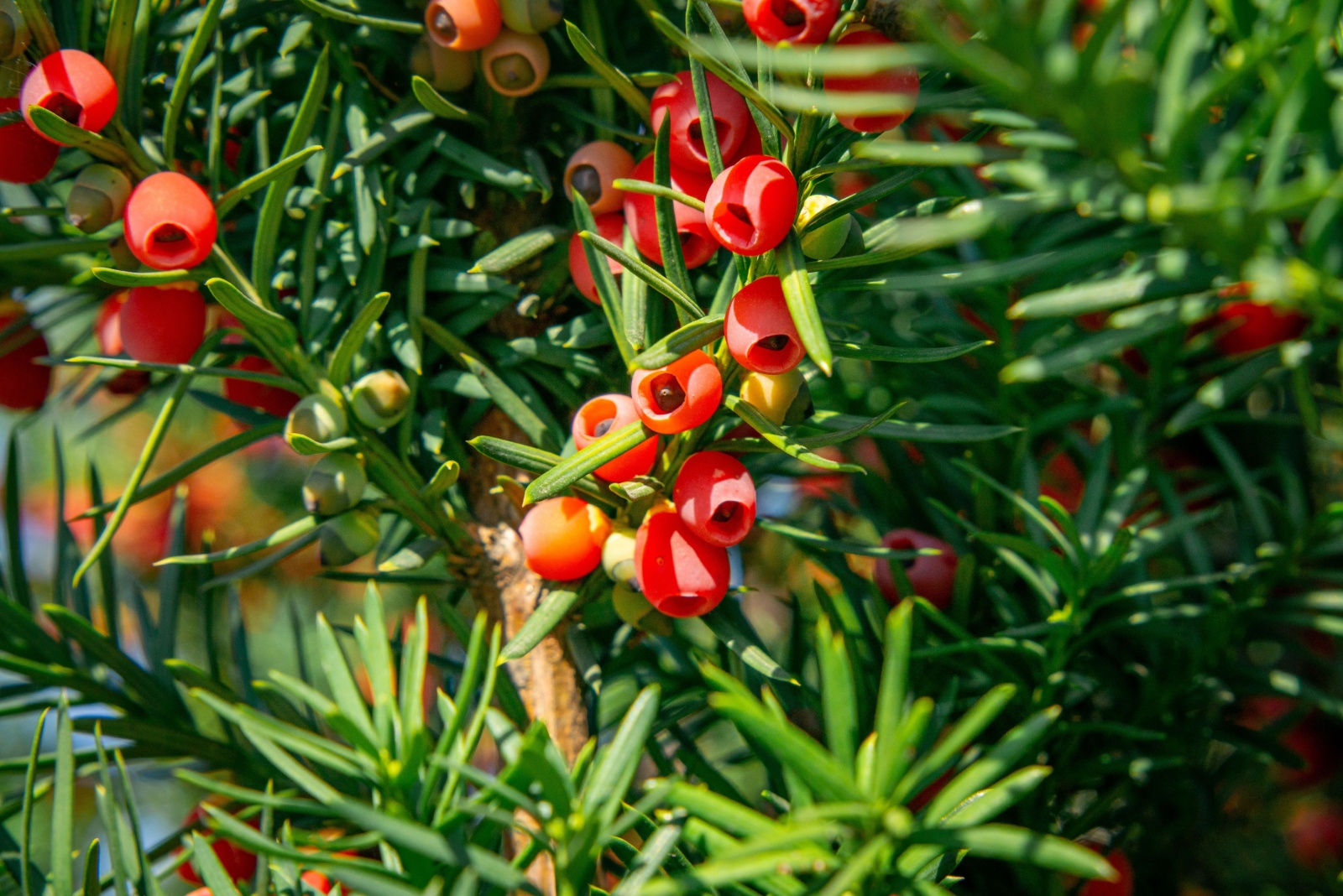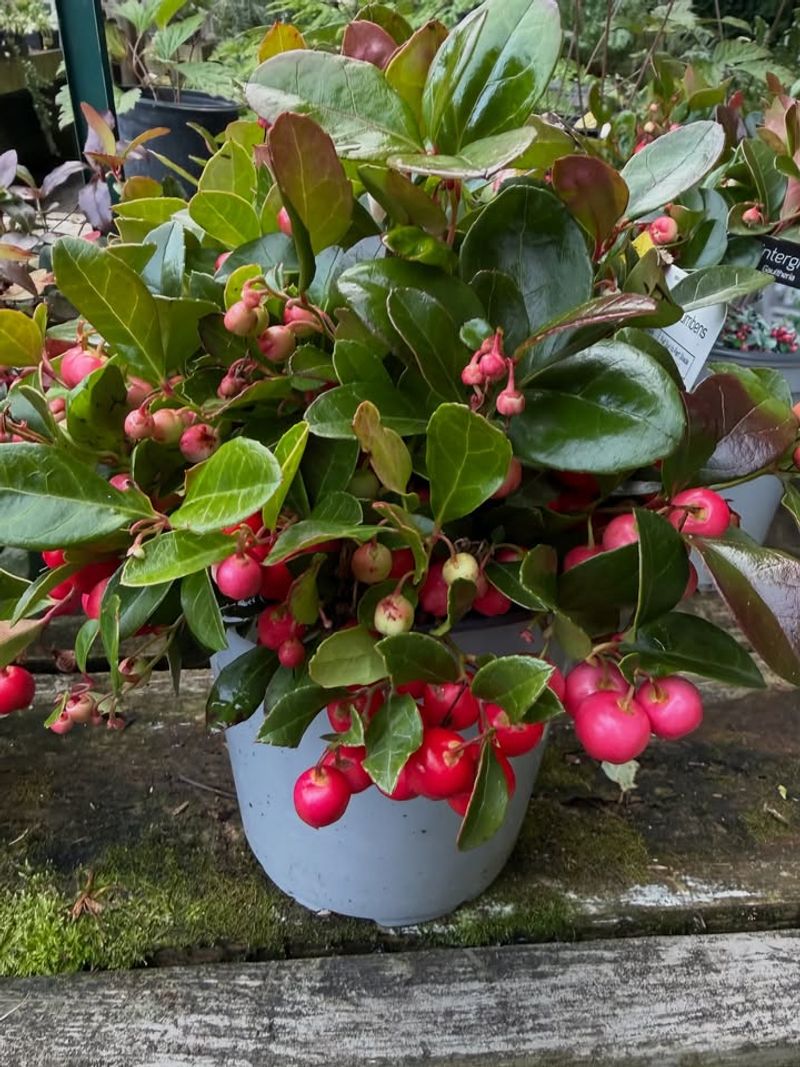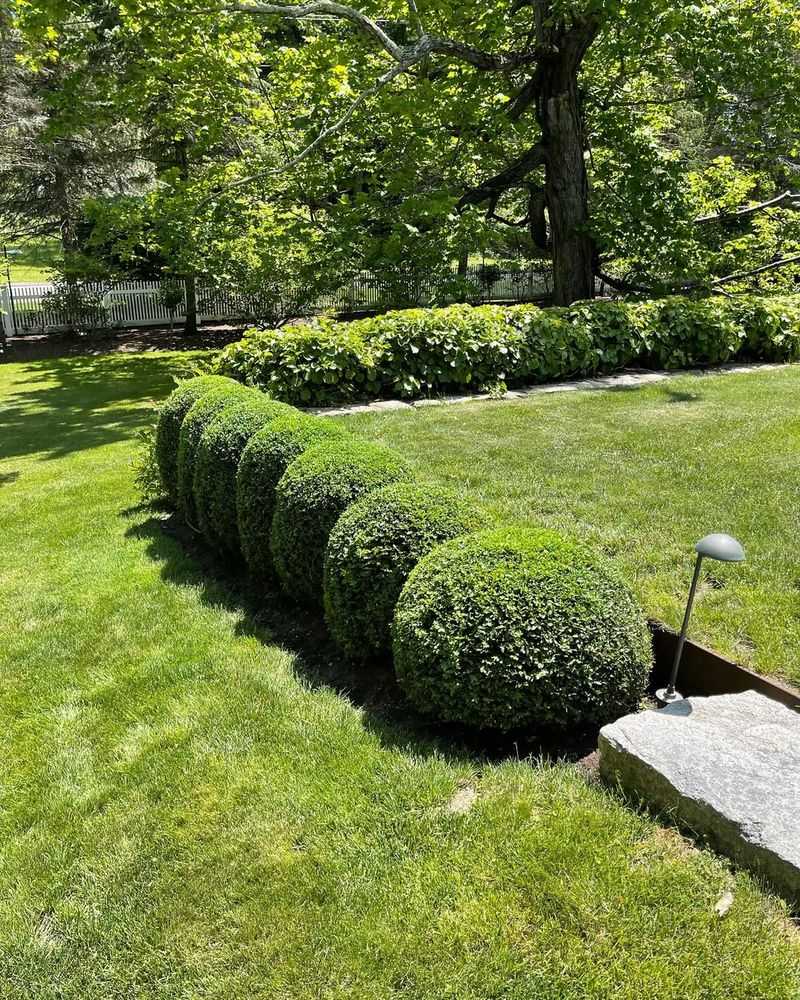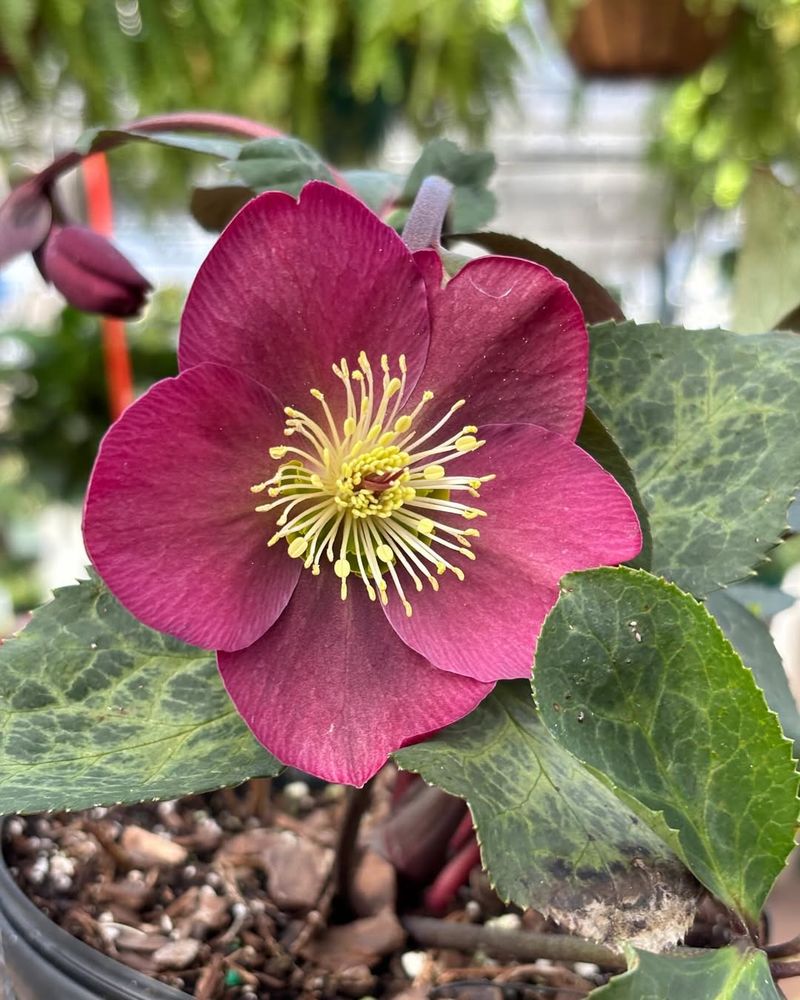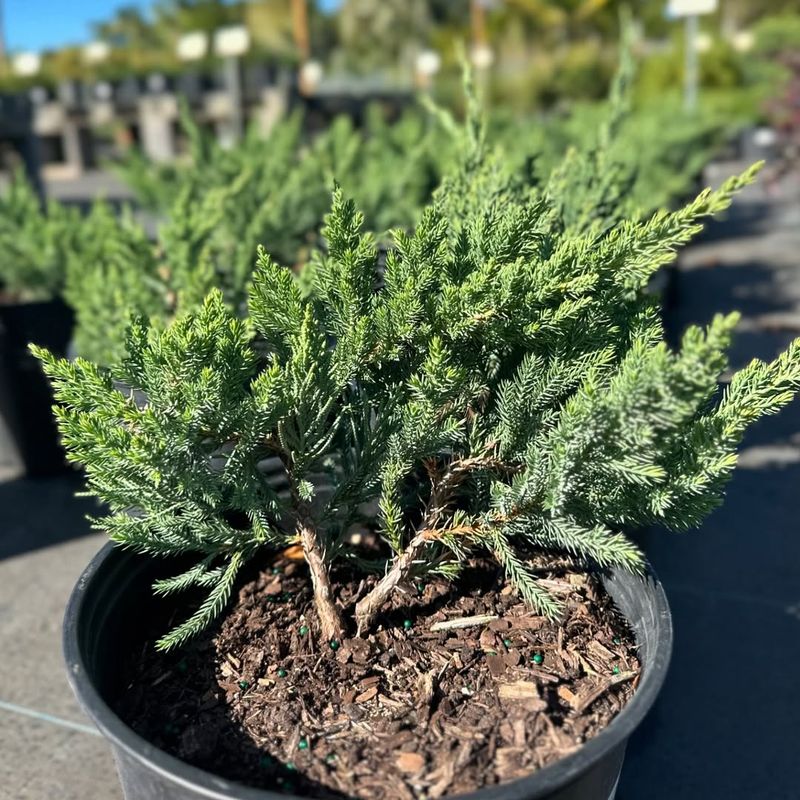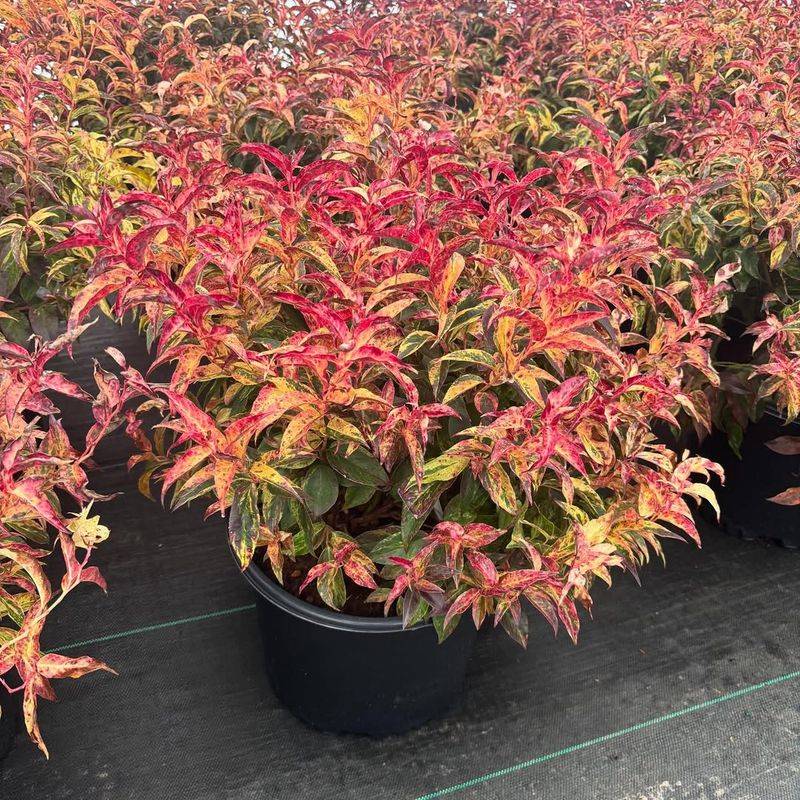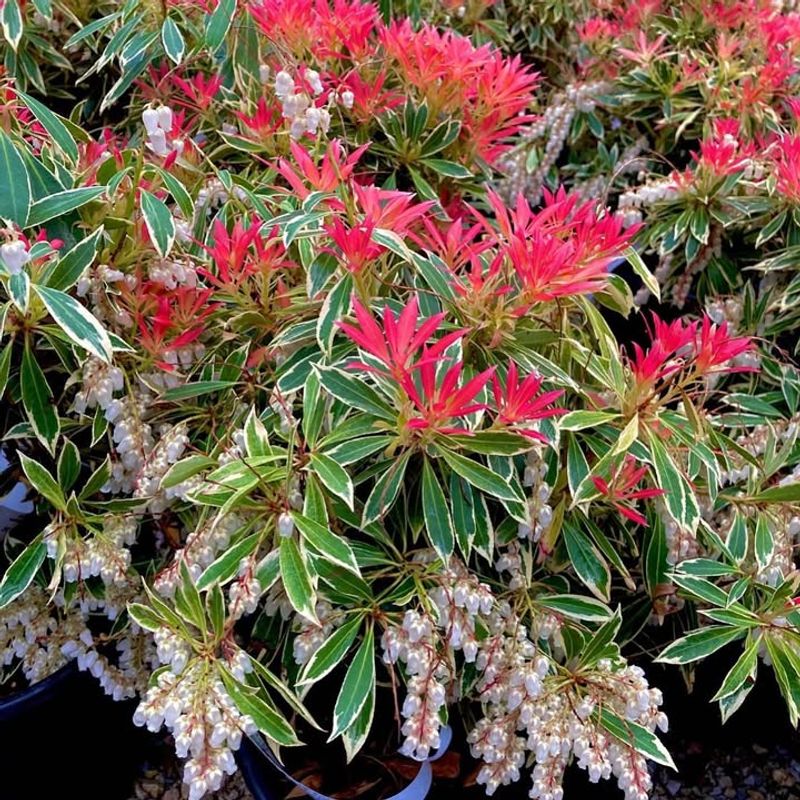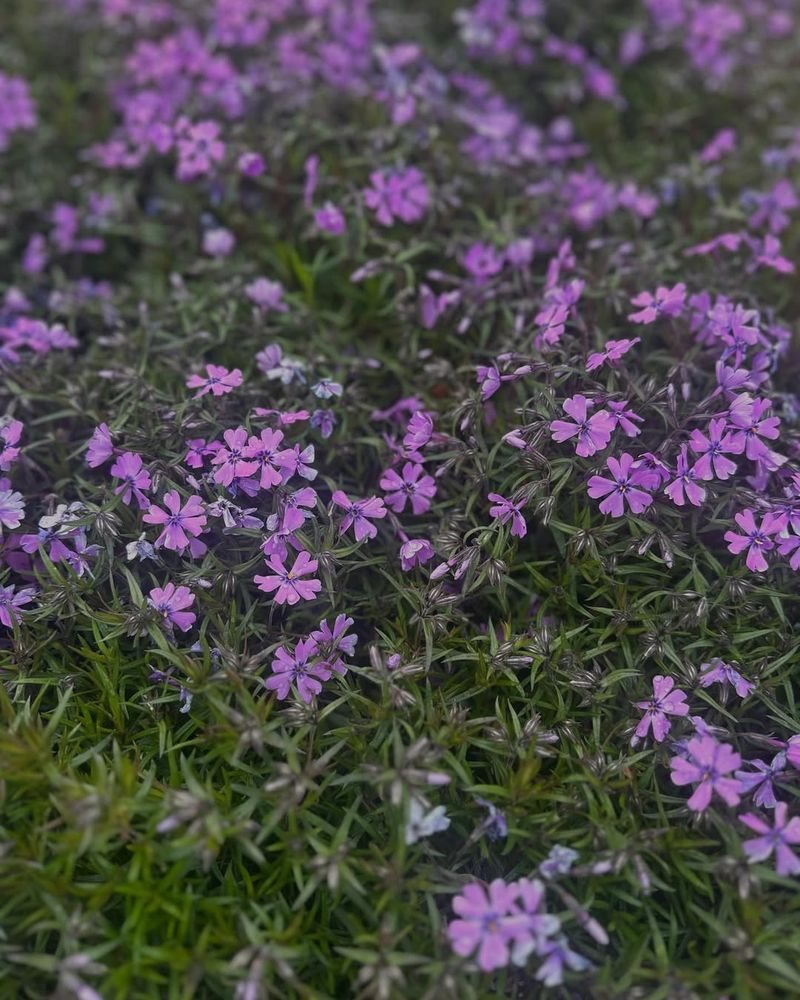Winter in New York can feel long and dreary, but your garden doesn’t have to look lifeless during the cold months. Some plants naturally thrive through freezing temperatures without needing any special care or protection.
Whether you’re a beginner gardener or just want to add year-round beauty to your yard, these tough plants will keep your outdoor space looking fresh even when snow covers the ground.
1. Wintergreen (Gaultheria procumbens)
Bright red berries pop against glossy evergreen leaves, making this ground-hugging plant a winter showstopper. Wintergreen naturally grows in northeastern forests, so New York’s cold weather feels like home to it.
The leaves actually smell like mint when crushed, and they stay green all year without any help from you. Plant it under trees or in shady spots where other plants struggle.
Once established, wintergreen spreads slowly to create a beautiful carpet that needs zero maintenance during winter months.
2. Boxwood (Buxus)
Formal gardens and casual yards alike benefit from boxwood’s year-round structure and dense foliage. These shrubs have been garden favorites for centuries because they’re basically indestructible once planted.
Their small, rounded leaves stay bright green through the harshest winter storms without browning or dropping. You can shape them into hedges, balls, or simply let them grow naturally into rounded mounds.
Boxwood asks for nothing special during winter—just plant it in well-drained soil and forget about it until spring pruning time.
3. Hellebore (Helleborus)
Imagine flowers blooming while snow still covers the ground—that’s exactly what hellebores do! Sometimes called Christmas Rose or Lenten Rose, these tough perennials start flowering in late winter when everything else looks withered.
Their leathery leaves stay green throughout the coldest months, and the nodding flowers come in colors from white to deep purple. Deer won’t touch them, and they actually prefer the cool temperatures that destroy weaker plants.
Plant them once in a shady spot, and they’ll return bigger and better every year.
4. Yew (Taxus)
Dark green needles make yew shrubs look sophisticated year-round, even when buried under heavy snowfall. Ancient cemeteries and historic estates often feature massive yew plants that have survived for hundreds of years.
These evergreens tolerate shade better than most plants and can handle New York’s winter winds without turning brown. Their red berries add a splash of color in fall that often lasts into winter.
Yews grow slowly but steadily, requiring absolutely no winter care beyond enjoying their timeless beauty from your warm window.
5. Inkberry Holly (Ilex glabra)
Native to the eastern United States, inkberry holly handles New York winters like a champion. Its compact size and dense branching provide reliable structure even when other plants have gone dormant.
The small, glossy leaves stay dark green all winter long, and female plants produce black berries that birds absolutely love. Unlike some hollies, inkberry has smooth leaf edges, so it won’t poke you when you walk past.
Plant it in sun or partial shade, and it’ll thrive with zero attention during the cold season.
6. Pachysandra (Pachysandra terminalis)
Bare ground under trees looks sad in winter, but pachysandra creates a lush green carpet that never quits. This Japanese native has adapted perfectly to northeastern winters and actually prefers shady spots where grass refuses to grow.
The whorled leaves form neat rosettes that stay attractive even when temperatures drop below zero. Once established, pachysandra spreads to fill in empty spaces, choking out weeds without any effort from you.
It’s practically maintenance-free and looks fresh all winter without watering, fertilizing, or any special treatment whatsoever.
7. Parson’s Juniper (Juniperus chinensis Parsonii)
Tough as nails, junipers laugh at winter weather that would destroy most other plants. Varieties range from low-spreading ground covers to upright shrubs, all keeping their blue-green or silvery needles through the harshest conditions.
Some types develop a purplish tint in winter, adding extra visual interest to your frozen garden. Junipers handle road salt, ice, wind, and neglect without complaining or losing their color.
Plant them in sunny spots with decent drainage, then ignore them completely—they’ll reward you with year-round beauty and zero maintenance requirements during winter.
8. Leucothoe (Leucothoe fontanesiana)
Arching branches create a fountain-like shape that looks elegant even when weighted down with snow. What makes leucothoe extra special is how its green leaves transform to burgundy or bronze shades when cold weather arrives.
This color-changing trick happens naturally without any work from you, giving your winter garden dramatic seasonal interest. The shrub thrives in acidic soil and shady areas where many plants struggle to survive.
Native to the Appalachian region, leucothoe handles New York winters effortlessly and keeps its leaves looking fresh until spring returns.
9. Pieris (Pieris japonica)
Glossy leaves stay vibrant green throughout winter, but pieris has a secret weapon—flower buds that form in fall and decorate the plant all winter long. These colorful buds look like tiny ornaments hanging from the branches until they burst open in early spring.
New growth often emerges in shades of red or bronze, creating a stunning contrast against the mature green foliage. Pieris prefers acidic soil and partial shade, similar to rhododendrons and azaleas.
Once planted, it requires absolutely no winter care while providing months of visual interest.
10. Creeping Phlox (Phlox subulata)
Needle-like evergreen foliage forms a tight mat that stays green all winter, even when temperatures plummet. Come spring, creeping phlox explodes with masses of pink, purple, white, or red flowers that completely cover the foliage.
During winter, the plant rests quietly, holding soil in place on slopes and providing texture when most perennials have disappeared underground. It tolerates poor soil, drought, and cold without batting an eye.
Plant it on rock walls, slopes, or garden edges, then watch it thrive year after year with zero winter maintenance required.

